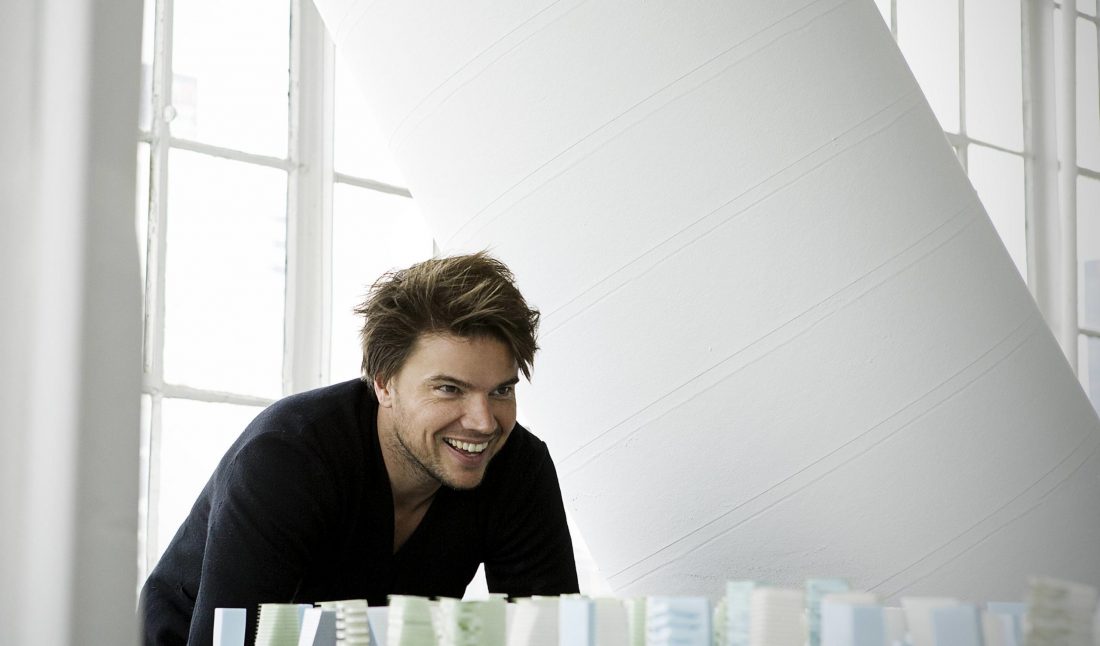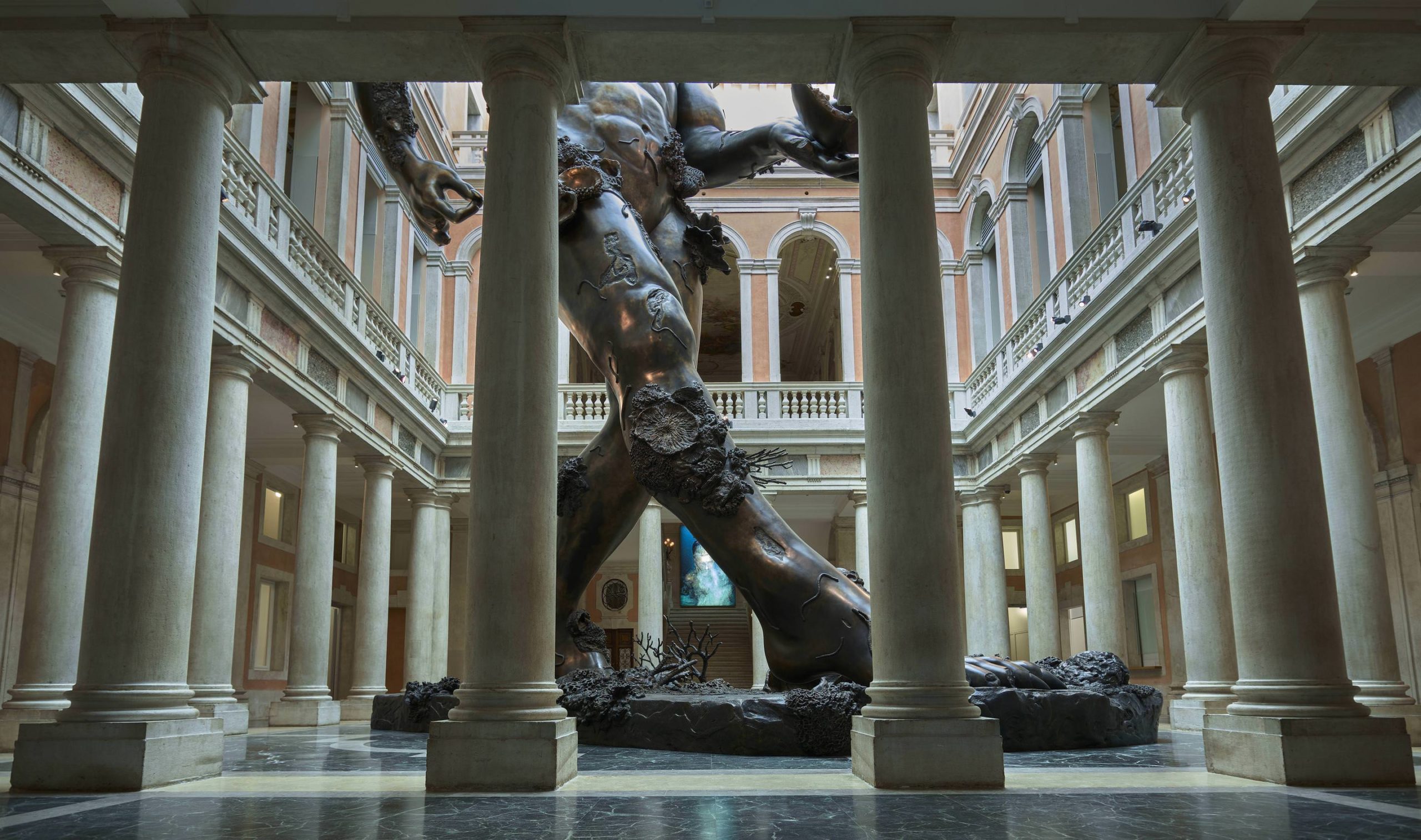Bjarke Ingels commits to the idea of permanence and sustainability when designing—whether the work is residential or commercial, private or public.
His latest development in New York, The Eleventh (The XI), is currently being built along the High Line in the heart of Chelsea. The 800,000 square-foot, mixed-use development encompasses a full city block, offering two residential towers at 300 and 400 feet tall. The project features a four-story commercial building, a multilevel retail space, below-grade parking, a public plaza, an art piece by Es Devlin, and the first urban concept by Six Senses Hotels Resorts Spas.
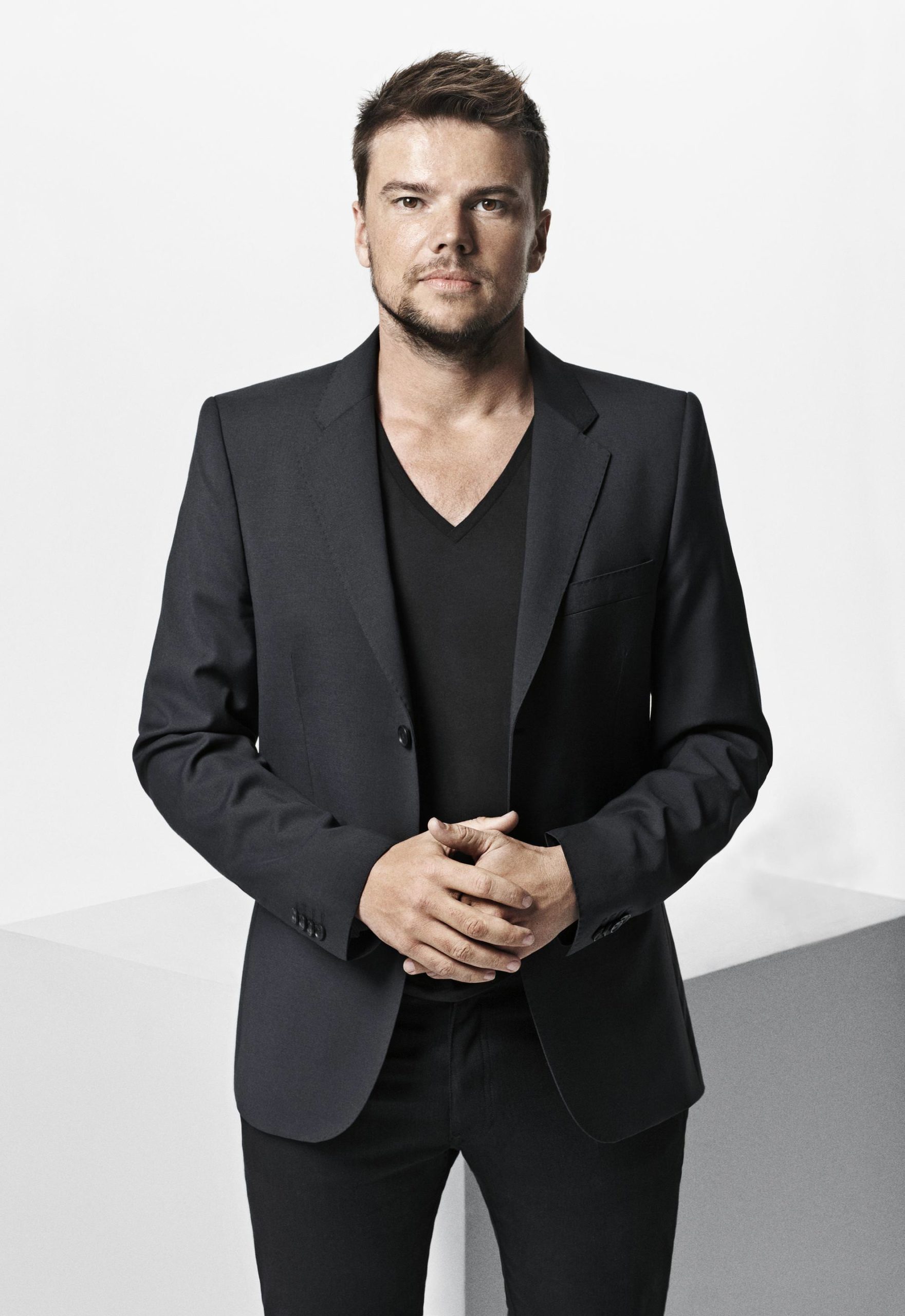 Photo by Jonas Bie.
Photo by Jonas Bie.
Whitewall spoke with Ingels about The XI, working with information-driven design, and the importance of sustainable architecture.
WHITEWALL: What makes The XI’s design special?
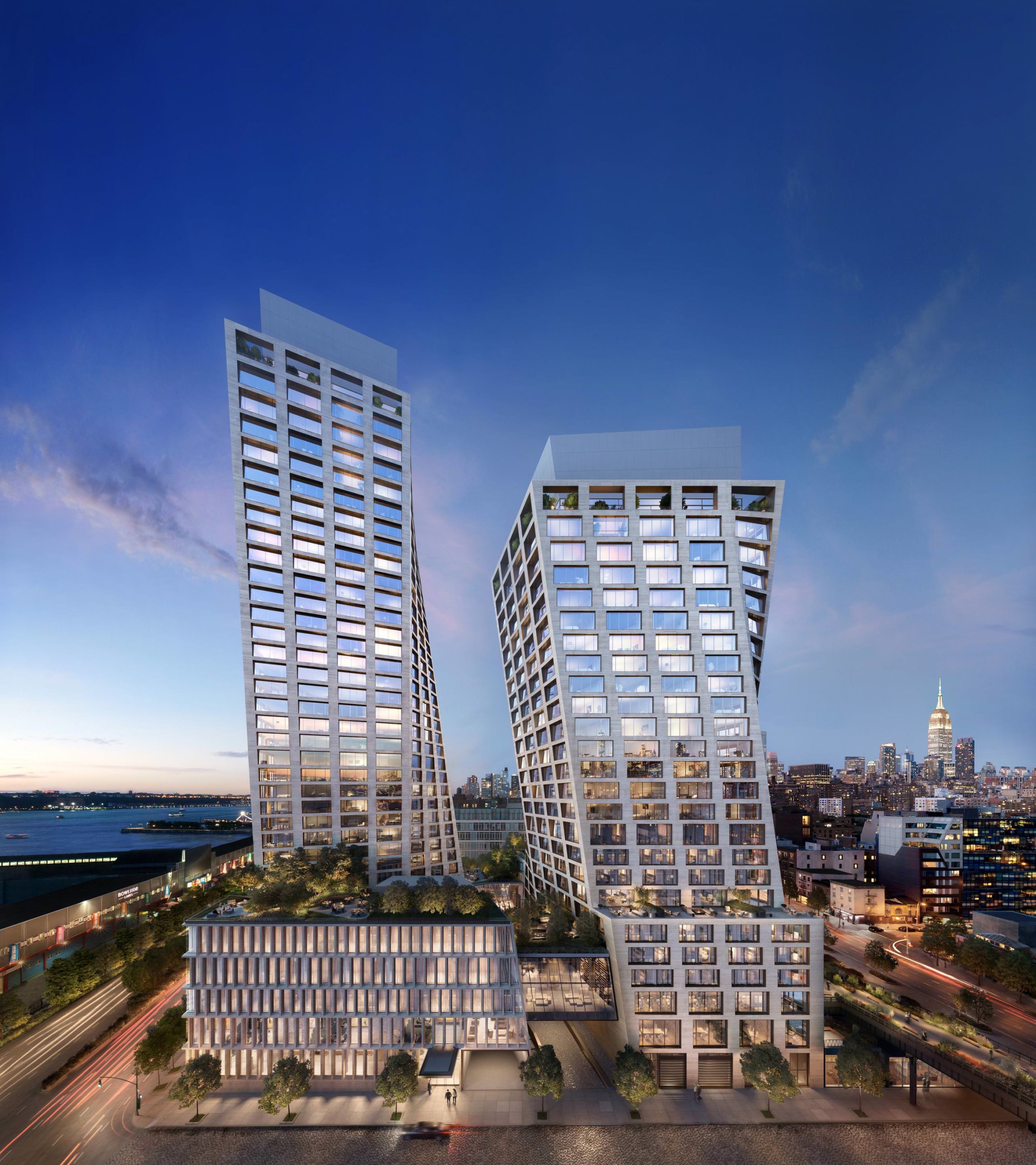 The Eleventh
The Eleventh rendering by Dbox
Courtesy of HFZ Capital Group.
BJARKE INGELS: The towers morph as they rise and reorient themselves to respond to the context and take advantage of the best possible views from the different levels, while also avoiding one another to allow for unobstructed views. We get one tower with water views, yet the other one has this close relationship to the High Line. The facades of The XI are designed to relate to the punched windows seen in the historic warehouses of the neighborhood and also function as an honest expression of the gridded structural logic of the towers, which follows the movement of its twisting geometry.
WW: The two rotating towers will be connected by a skybridge, so the material you’re working with must be environmentally sound. How does material choice impact your idea of permanence, or vice versa?
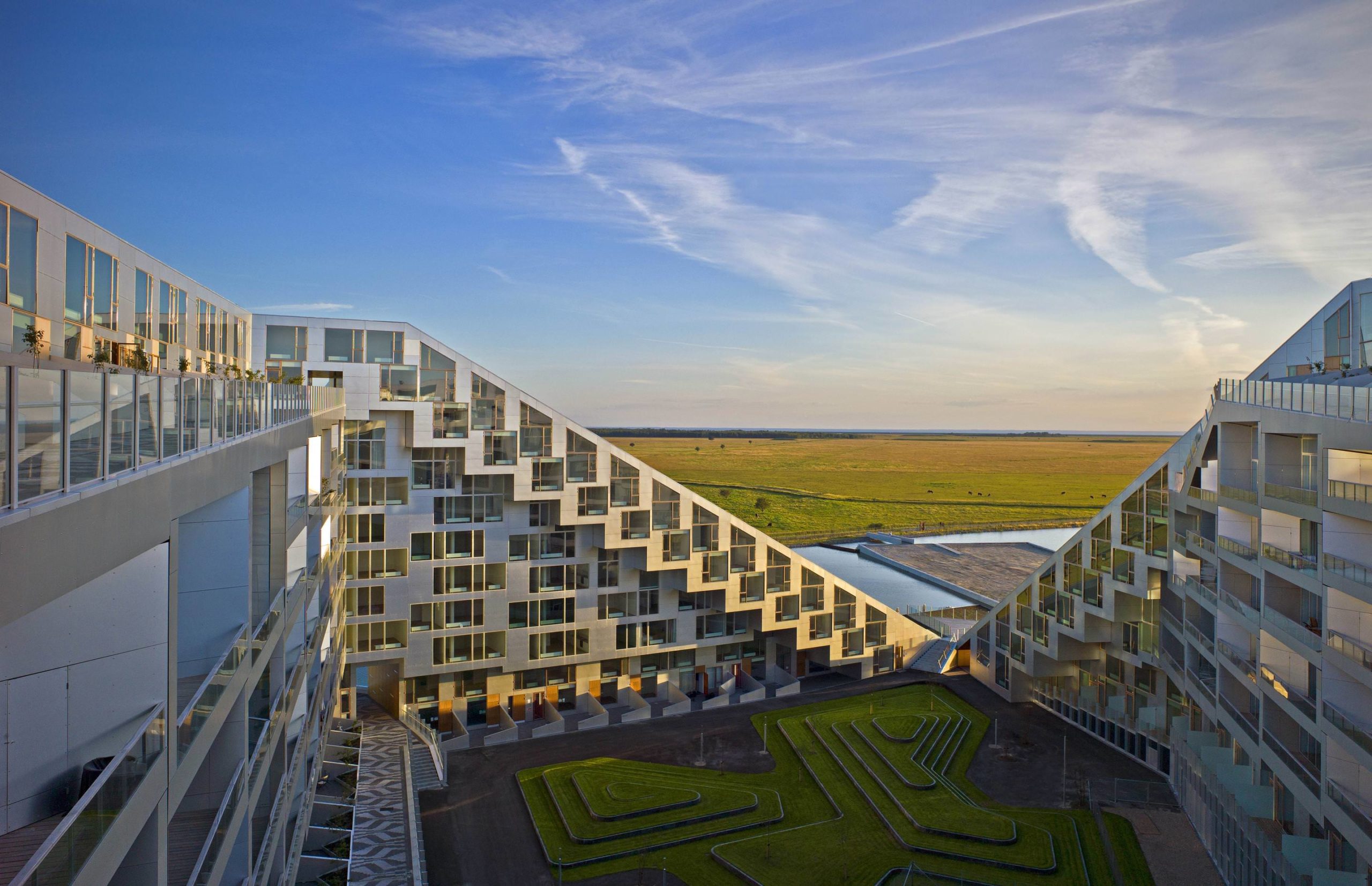 8 House
8 House Photo by Jens Lindhe
Courtesy of Bjarke Ingels Group.
BI: One of the blessings of working with a client who only wants truly the best is that decisions are made focusing on long-term quality rather than short-term savings. Permanence and longevity were big factors in The XI, and we gave a nod to the timeless architecture of our Scandinavian heroes Jorn Utzon and Arne Jacobsen when we designed the facades, using lasting materials that can withstand weather conditions while aging with grace. We elevate this even more by combining a classic and durable material, travertine, with a high-performance composite technology to reduce weight on the structure. The result is less steel and concrete!
WW: You’ve said architects must also be designers of ecosystems—systems of ecology and economy. What type of ecosystem do you aim to design?
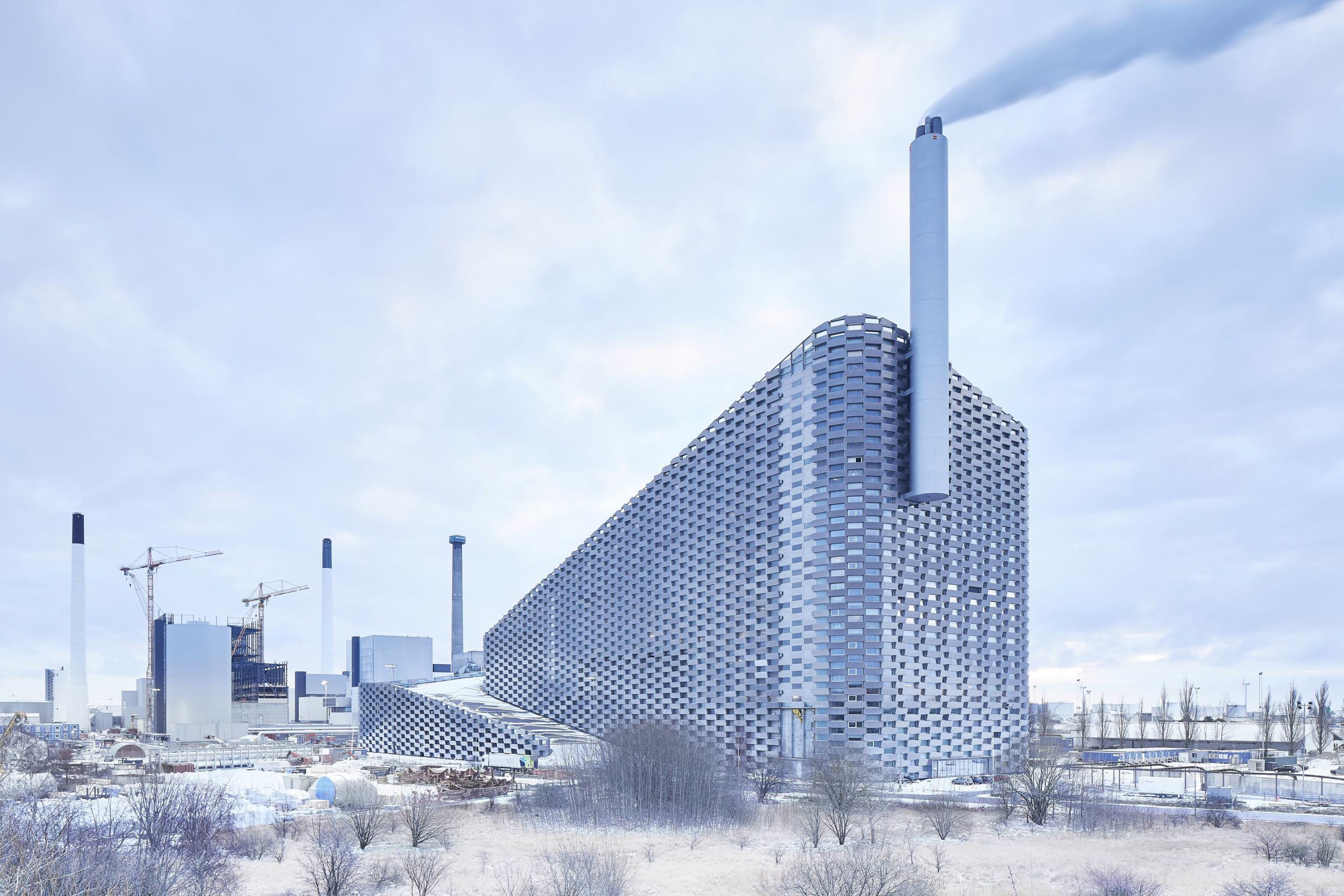 Courtesy of Bjarke Ingels Group.
Courtesy of Bjarke Ingels Group.
BI: Architects have to become more than just designers of two-dimensional facades or three-dimensional architectural objects. We have to become designers of ecosystems, systems of both ecology and economy. The channel, not only the flow of people throughout things and buildings, but also the flow of resources, like heat, energy, waste, and water. Sustainability can’t be a moral sacrifice or a political dilemma. It has to be a design challenge.
WW: You’ve also said, “Sustainable life can be more fun than regular life.” How so?
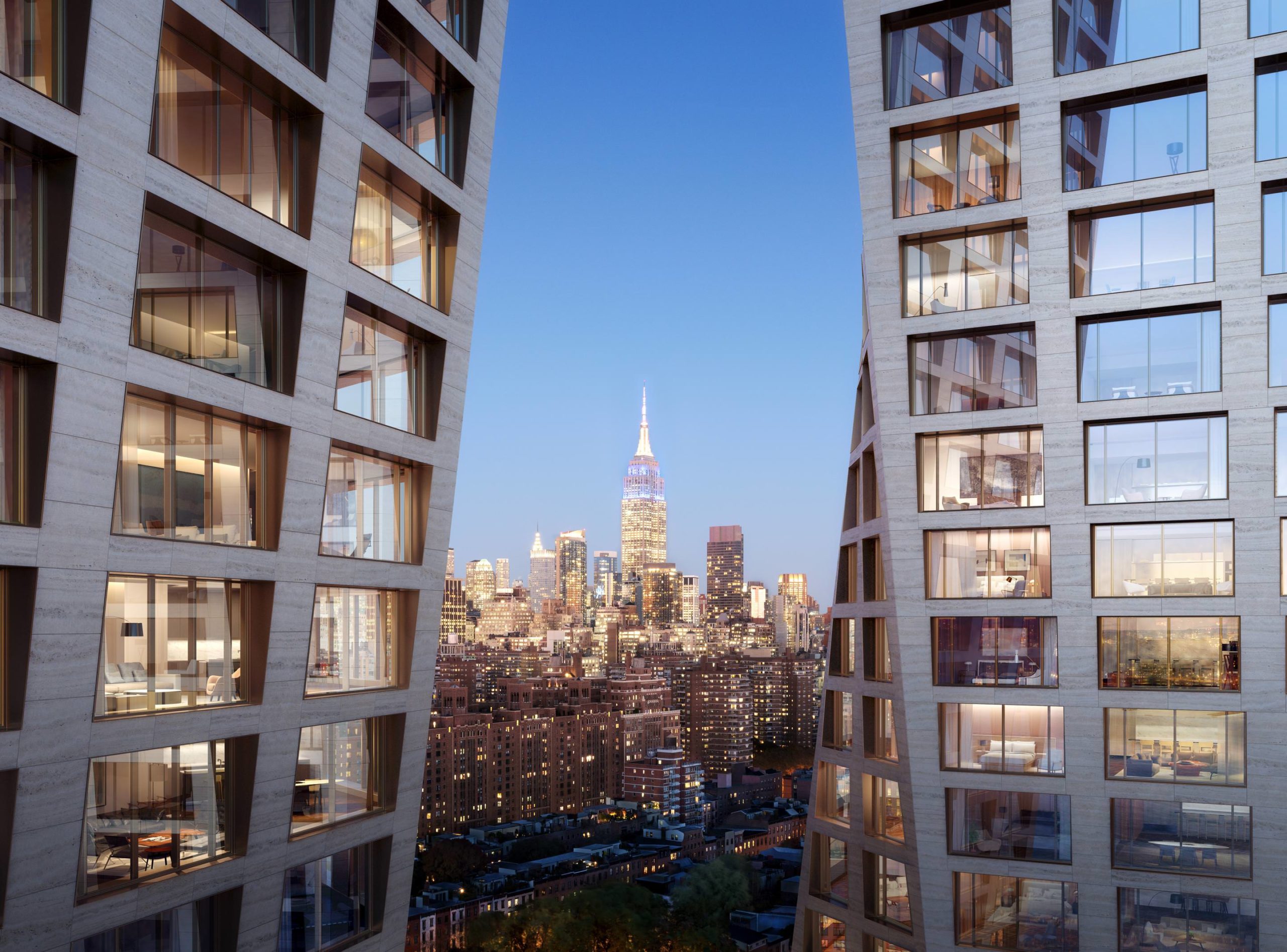 The Eleventh
The Eleventh rendering by Dbox
Courtesy of HFZ Capital Group.
BI: The general perception of sustainability is this idea of a moral code: How much of our existing quality of life are we prepared to sacrifice to afford being sustainable? It is this idea that it has to hurt to be good and that the sustainable life is less fun than the normal life.
But we are looking at how sustainable cities, or sustainable buildings, can increase the quality of life and make it more fun—to find ways of designing cities and buildings as double ecosystems that are both ecologically but also economically profitable and where the outcome doesn’t actually force people to alter their lifestyle to have a better conscience. They can live exactly the way they want, or even better, because the world and the city are designed in such a way that they can actually do so. Essentially, it is to approach the question of sustainability not as a moral dilemma but as a design challenge, as I mentioned before.
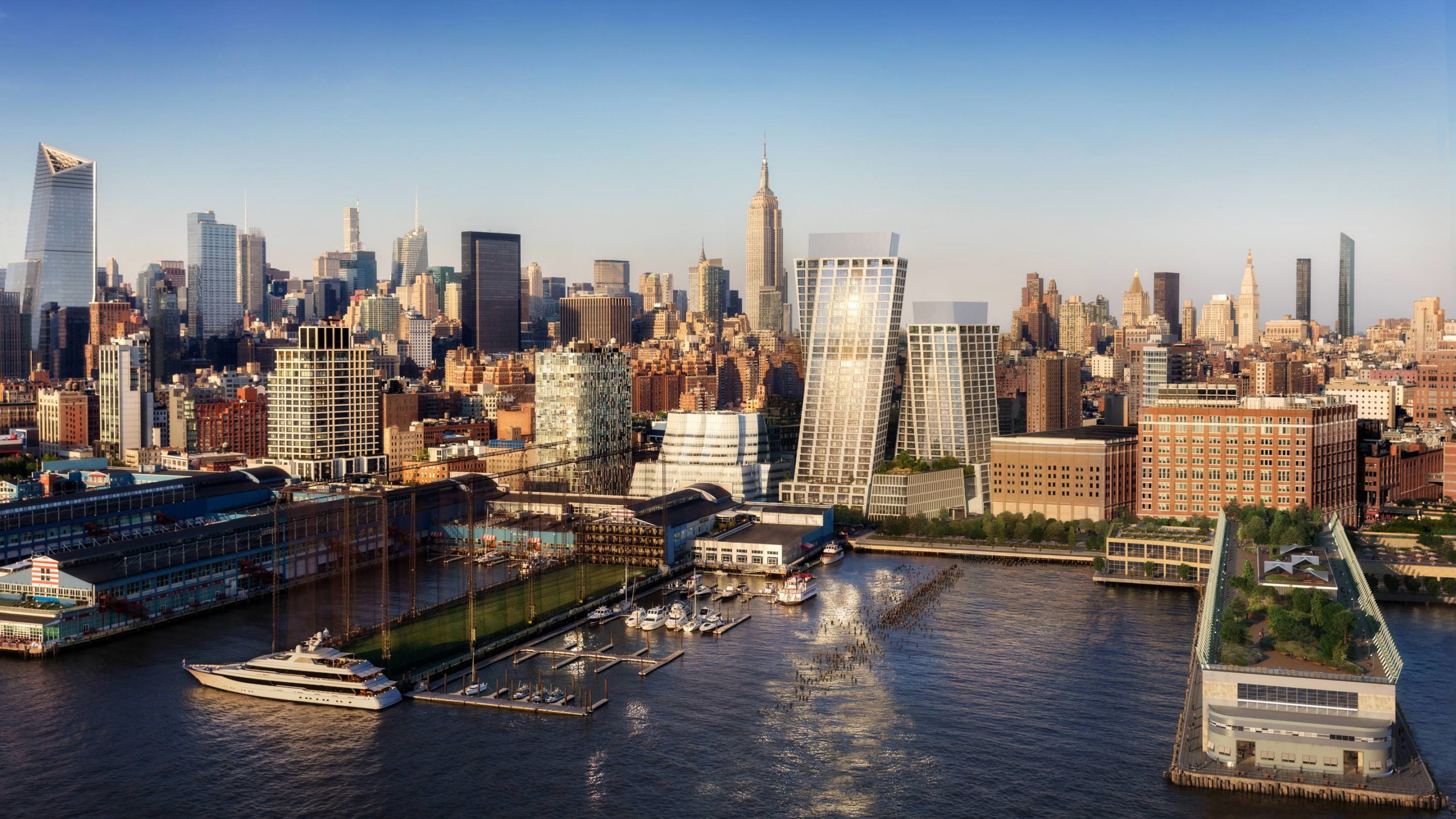 Courtesy of Bjarke Ingels Group.
Courtesy of Bjarke Ingels Group.
WW: In your mixed-use development projects, there’s a large sense of nature and community engagement, such as seen in your 8 House and the Public Village. What are the key aspects of your approach to “architecture alchemy,” where public life is welcomed into private spaces?
BI: What I like about the term “alchemy” is that you take traditional ingredients that would separately be just “normal this” and “normal that,” and when you combine them, because of symbiotic relationships, you get much more out of the mix than if you were to leave them separate.
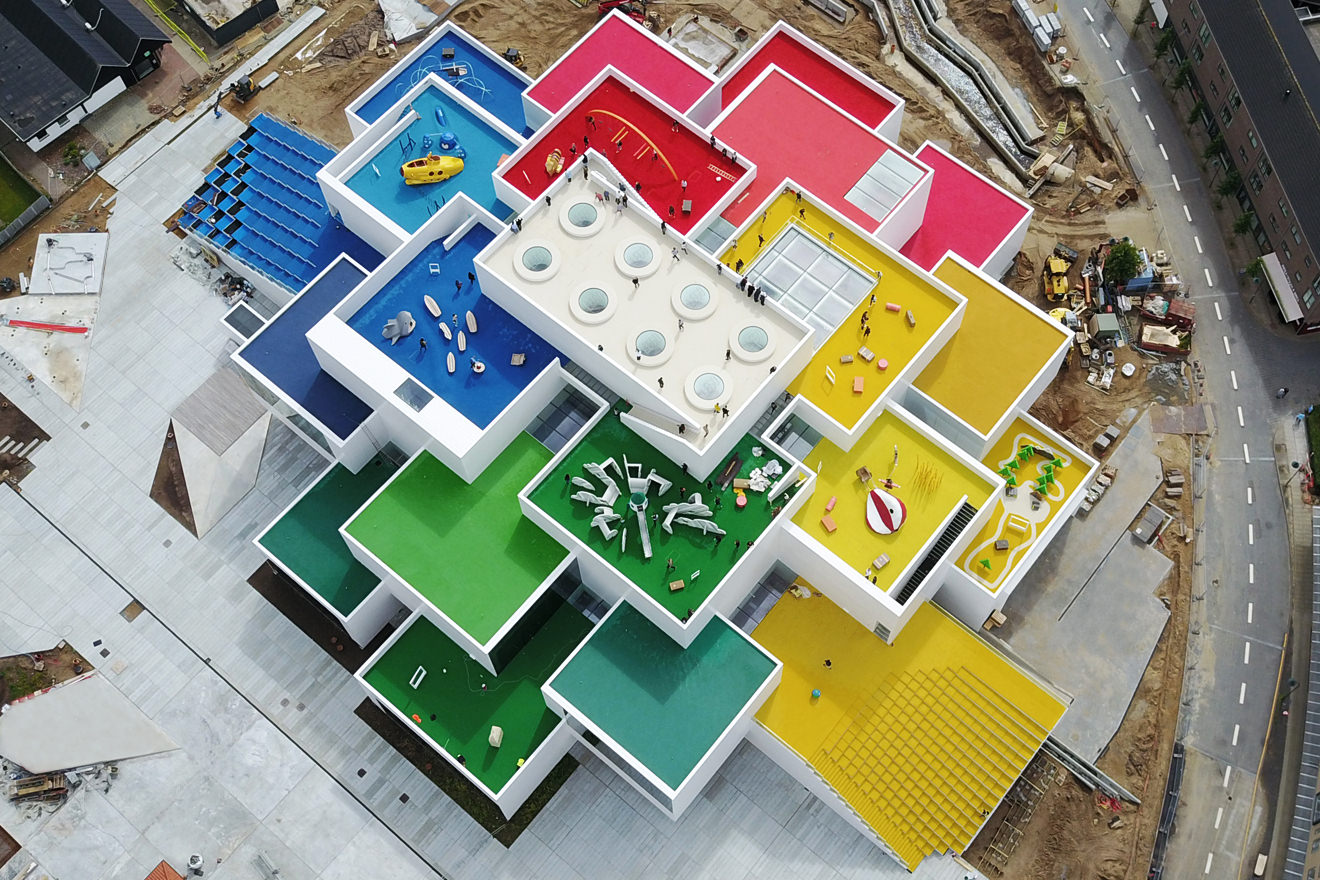 LEGO House
LEGO House Photo by Kim Christensen
Courtesy of Bjarke Ingels Group.
The 8 House in Copenhagen is a good example for that. It is a hybrid of offices and shops, 150 townhouses (two-story row houses with gardens), and classic apartments blended together to form a figure-eight-shaped perimeter block, where we explored the fact that offices and shops are deep, while housing is shallow. The difference in depth actually creates space for gardens, and even a small street. As a result, we have this community of row houses along a mountain path that climbs the figure eight—all the way from the ground floor to the penthouse, allowing people to essentially bike all the way to the 11th floor.
Public life is usually restricted to the ground floor. Here, it invades the higher levels of the city. You can have a spontaneous encounter. You can sit in your garden on the 10th floor and wave at the mailman who comes by on his way down, and when you have to go to work, you can jump on your mountain bike and ride 500 meters to the city level. It’s essentially allowing all these aspects (the spontaneous social encounter, the neighborhood feeling) to populate the highlands of the city. If we had done it the traditional way, keeping them separate, we wouldn’t have the same intensity. But when we put it all together, we get unique qualities.
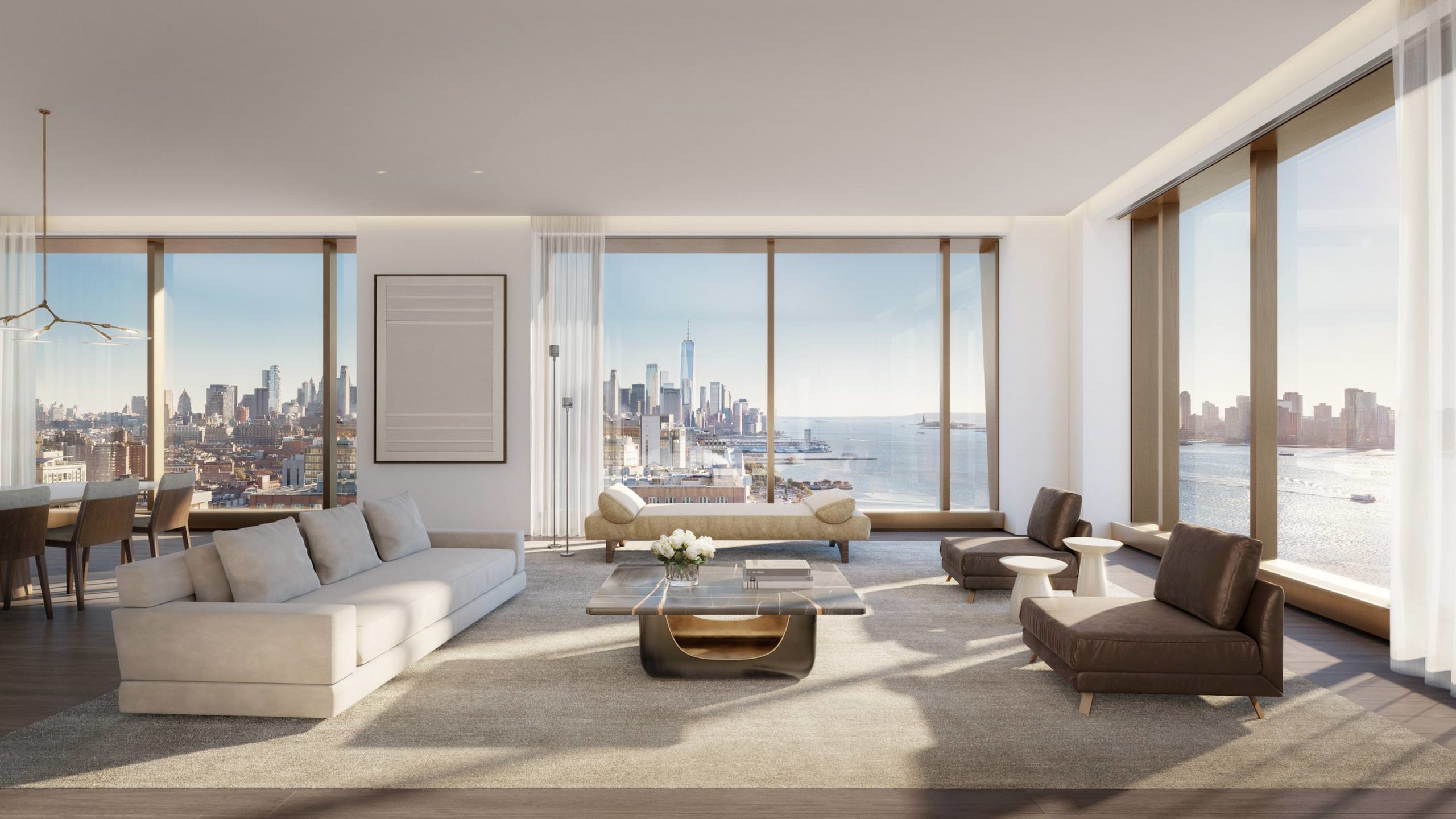 The Eleventh
The Eleventh rendering by Dbox
Courtesy of HFZ Capital Group.
WW: How do you feel sustainable architecture impacts a community or a city and the way we live and see things?
BI: A good example for how architecture can impact a city, community, and the way we see things is our power plant in Copenhagen, which opens later this year! The mass of the building serves as a ski slope or the citizens of Copenhagen. It is economically profitable because it turns waste into heat and energy. It is environmentally profitable because it disposes of waste, eliminating landfill. And in Denmark only 4 percent of waste ends up in landfills; the rest is either turned into energy or recycled. And finally, it is socially profitable because it actually creates social activity (skiing), which would otherwise be impossible. We have the climate. We have the cold. We don’t have the topography. So now Copenhagen will get its first ski mountain.
We were also asked to design a visitors’ center—a place where you take the school kids to tell them, “This is where the waste turns into power.” But then we thought, “You are only going to go once, and when your teacher tells you to.” We asked ourselves, “What if it actually becomes a destination where you discover? Why do we have this ski slope here? Ah, it’s because it is on top of a waste-to-energy power plant.” It is the ultimate example of sustainability.
Finally, as a sort of art installation, we came up with this idea that the plant should blow steam rings for every ton of CO2 it emits. Our belief is that knowledge is one of the main drivers of behavioral change. If people don’t know, they can’t act! So, the world’s first steam ring generator at the top of the plant will make it possible for Copenhageners to see firsthand how much more energy-efficient their community is becoming day after day, turning environmental sustainability from an abstract objective into a feature of the city’s skyline.
WW: Since you began working in architecture, how has the
conversation around sustainability changed?
BI: Contemporary and convincing visions for a sustainable future is one of the most exciting challenges that we as architects, and humans, face today. One thing we have been working on is “Engineering Without Engines”—inspired by Bernard Rudofsky’s exhibition at MoMA from 1964, “Architecture Without Architects.”
Modernism was fueled in many ways by engineering. Building services created a lot of freedom, a lot of independency. Electric lights, central heating, and air conditioning allowed for deeper floors and made the thickness and orientation of the wall more free. In the end, architecture didn’t have to do anything except being just the container of space. As a result, modernist buildings were consuming a lot of energy. We try to use a much more sophisticated engineering. We have ways to calculate and simulate the performance of a building, the thermal patterns, the thermal exposure, the airflow. The technology of today makes it possible to bring the quality of the building back into its permanent attributes instead of relying on mechanical compensation. It is a major opportunity to reconquer the resources that go into the building services.
We are doing a building in Shenzhen, the headquarters of an energy company, and the facade is very simple, almost like a pleated dress. Toward the south, the facade is opaque. Toward the north, it is transparent. This simple feature alone makes the building spend already 30 percent less on air conditioning.
WW: You are now designing the new 2 World Trade Center building. What can we expect?
BI: 2 WTC is the capstone in the redevelopment of the World Trade Center and the final component of the revitalization of Lower Manhattan. The design of 2 WTC is derived from its urban context at the meeting point between two very different neighborhoods—the Financial District, with its modernist skyscrapers, and Tribeca, with its lofts and roof gardens. The design combines the unique qualities of each, melding high-rise with low-rise and modern with historical. From the 9/11 Memorial, the building appears as a tall and slender tower just as its three neighboring towers, while the view from Tribeca is of a series of stepped green terraces.
As an architectural typology, the skyscraper has seen little innovation since its inception at the beginning of the 20th century. With the transformation of the Financial District into a vibrant neighborhood for creative companies in media, technology, and design, we realized that the classic corporate tower tailored for finance needed rethinking. By conceiving 2 WTC as a vertical village of individual city blocks of different proportions and floor plates, and with terraces and roof gardens, the traditional vertical silhouette of the modern skyscraper is animated to become a lively new character on the Manhattan skyline!
WW: How does scale relate to impact?
BI: We haven’t committed ourselves exclusively to a particular scale. Quite the contrary. Because ideas are not dependent on scale (small projects can think big), they can manifest themselves in any size. Many of our smaller projects seek to be a catalyst for major changes—for example, by reintroducing the bicycle in the form of a thousand free city bikes to a Chinese population that is on the verge of forgetting the bicycle in its eagerness to pursue financial growth and car ownership, or by having harbor water from Copenhagen shipped to Shanghai so that the Chinese can experience the joy of having a harbor so clean you can swim in it. Just think how big an impact it would be if the citizens of Shanghai once again picked up their bicycles and cleaned the Yangtze River so that they could bathe in it. Big ideas in a small pavilion.






